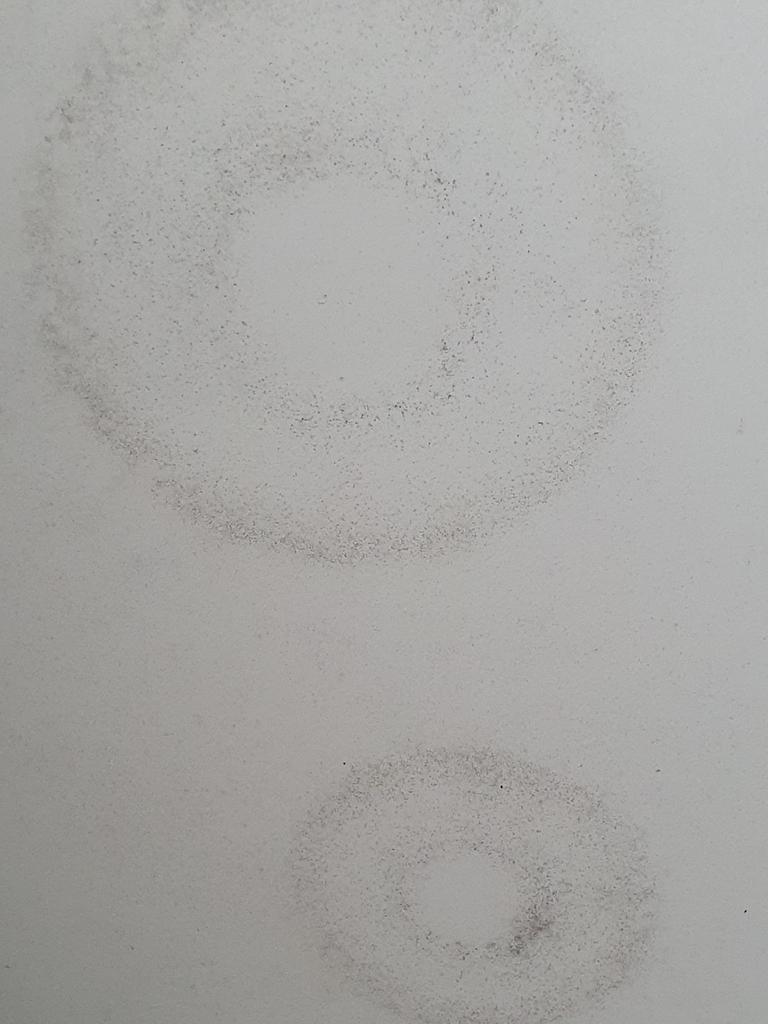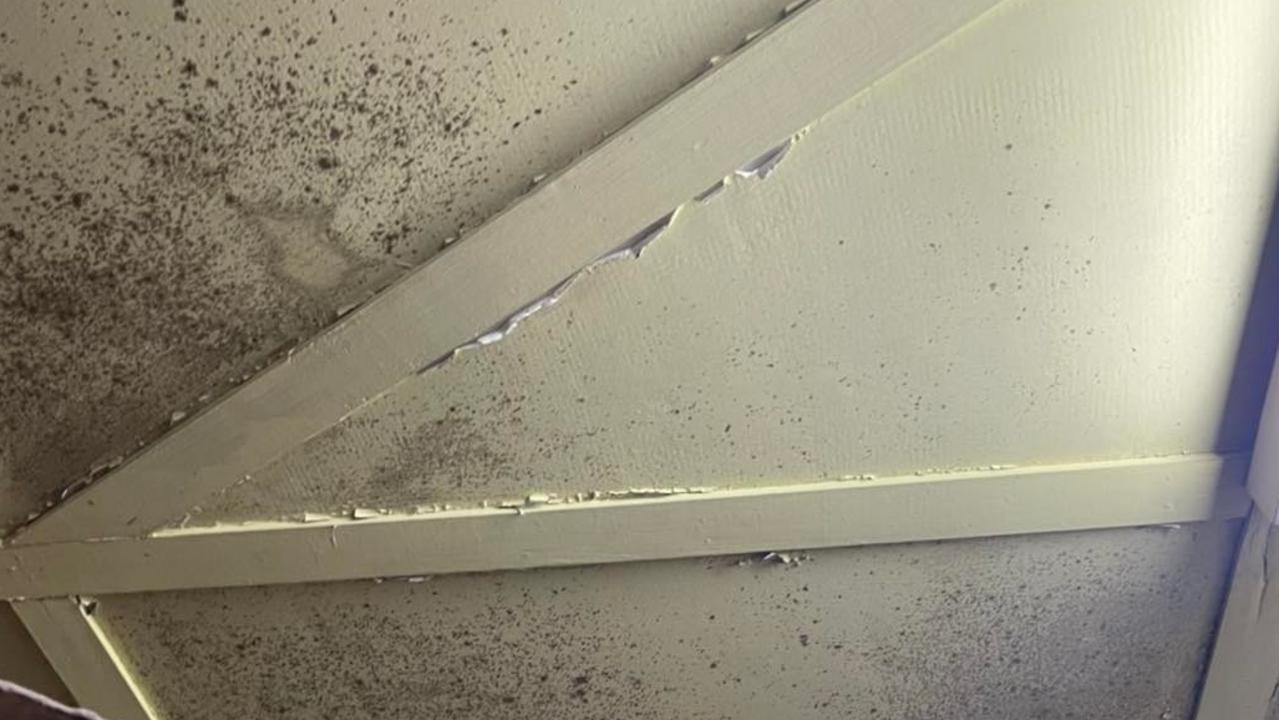Mould spreads through NSW and Queensland homes amid record rain
A lingering effect of one of the wettest years on record has caused severe headaches for Australians, who are at their wits end trying to keep their home safe.
Thousands of Australian households are contending with a disgusting problem that’s getting worse by the day.
Perpetual damp from wet weather that has soaked huge portions of the country has left Aussies with the impossible task of keeping their homes clear of mould.
Families have turned to online forums in desperate attempts to find a solution, as the problem leads to shortages in dehumidifiers and mould absorbers across northern NSW and southern parts of Queensland.
Frustrated parents in one Facebook group said they had taken a variety of measures to try to fix their problem, but sadly their attempts had been in vain.
“I personally have already had my home professionally cleaned by a mould cleaning company, used many a chemicals including Exit Mould. I have even tried the white vinegar trick and have about 20 of the moisture absorbers throughout the house with also circulating fresh air each day,” the mum, based in Newcastle, wrote.

Dozens of Byron Bay residents have expressed similar concerns, with many saying the problem had got out of hand and made them sick.
“I am desperately looking for a mould specialist to assess the current situation in our house. My son has a terrible cough for weeks now and I have really bad allergy can’t even sleep at night,” a distraught mum said.
Another said the issue in her home had become so severe that she “can’t keep on top of it myself anymore” and was hoping for some professional help.
“It can be everywhere, mostly in invisible places. Please be careful. It made me very sick,” someone else in the area claimed.
Families have been similarly affected in Queensland, with homes also becoming inundated with black mould – a particularly dangerous fungi that can have serious health implications.


“Who is responsible? There is black mould developing around the walls and ceiling in our bathroom. It is poorly ventilated. There is only a small window which is always open. We requested a exhaust fan when we moved in and they said no,” one woman shared in a group.
Black mould breeds when humidity is at or over 70 per cent, with access to an adequate food source like drywall, oxygen, and temperature between four and 39 degrees.
People exposed to mould can experience a host of painful symptoms including coughing, postnasal drip, sneezing, dry, scaly skin, itchy eyes, nose, or throat, and nasal congestion.
For asthma sufferers, mould could trigger an attack in the form of wheezing, shortness of breath, coughing or chest tightness.

How to get rid of mould?
A common and effective way to remove mould from an infested home is by taking undiluted vinegar in a spray bottle to spots where the fungus has grown.
After saturating the problem areas, the vinegar should be left for at least an hour before being wiped away.
If some mould remains the process can be repeated a few times over, and combined with a follow-up scrub of one teaspoon of baking soda and two cups of water.
The best defence against mould is to maintain a dry home, which may need to be regularly opened to fresh air.
A dehumidifier can also help avoid the growth of mould by preventing the build-up of dampness.






